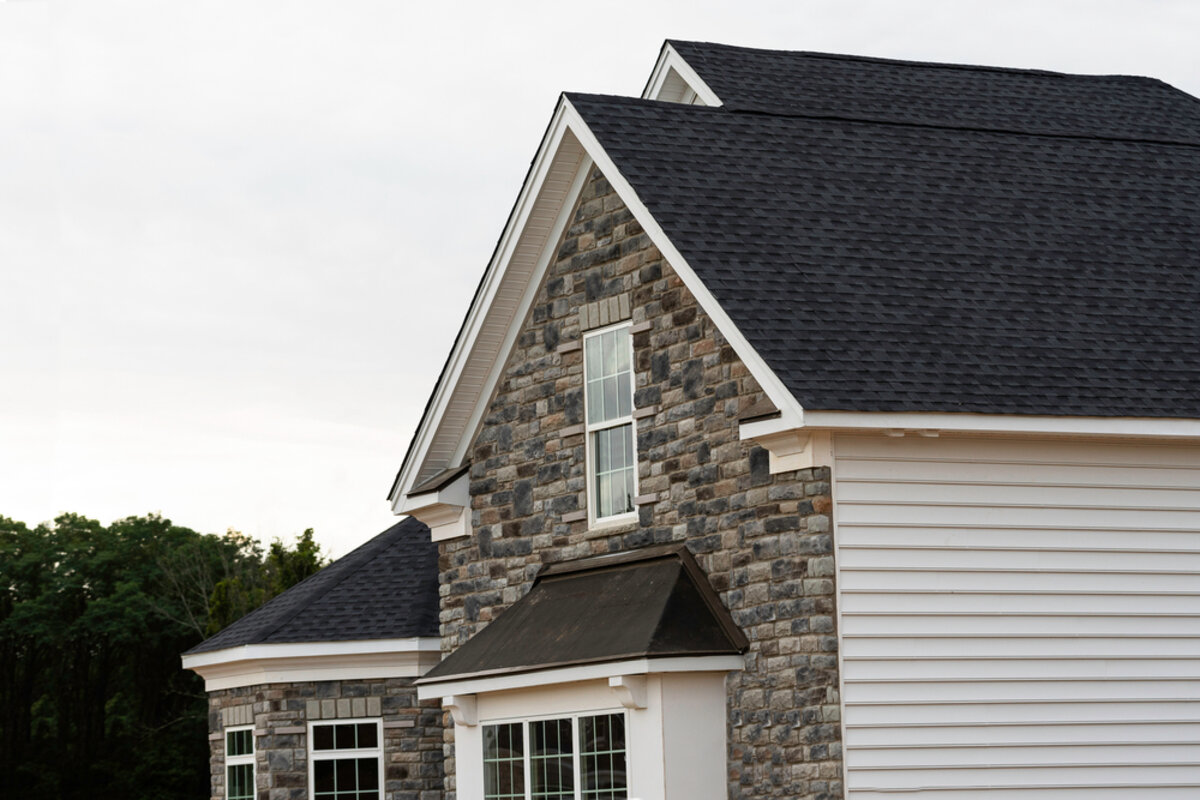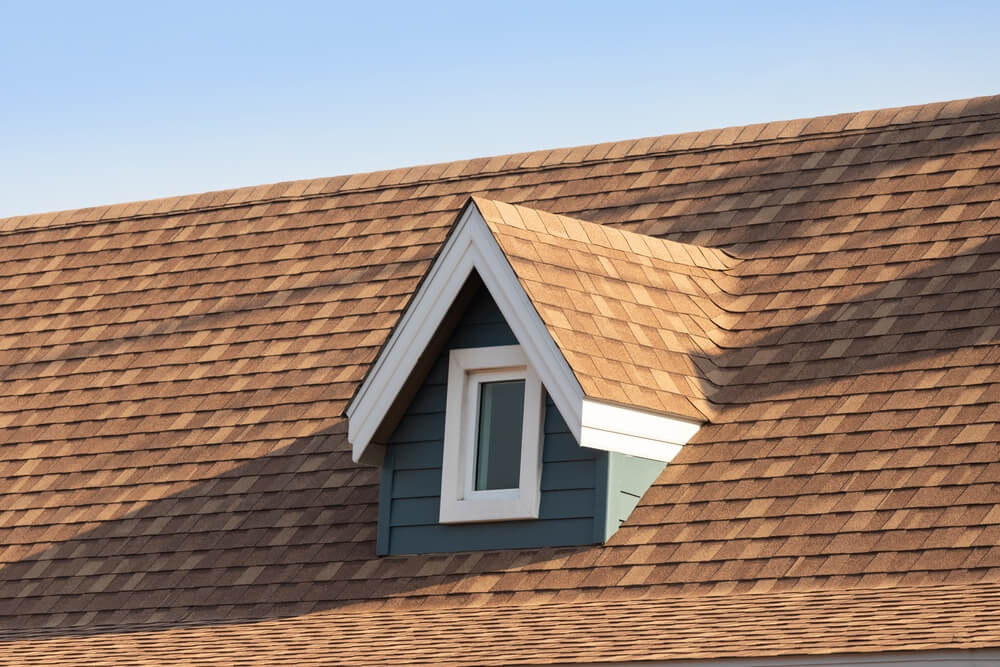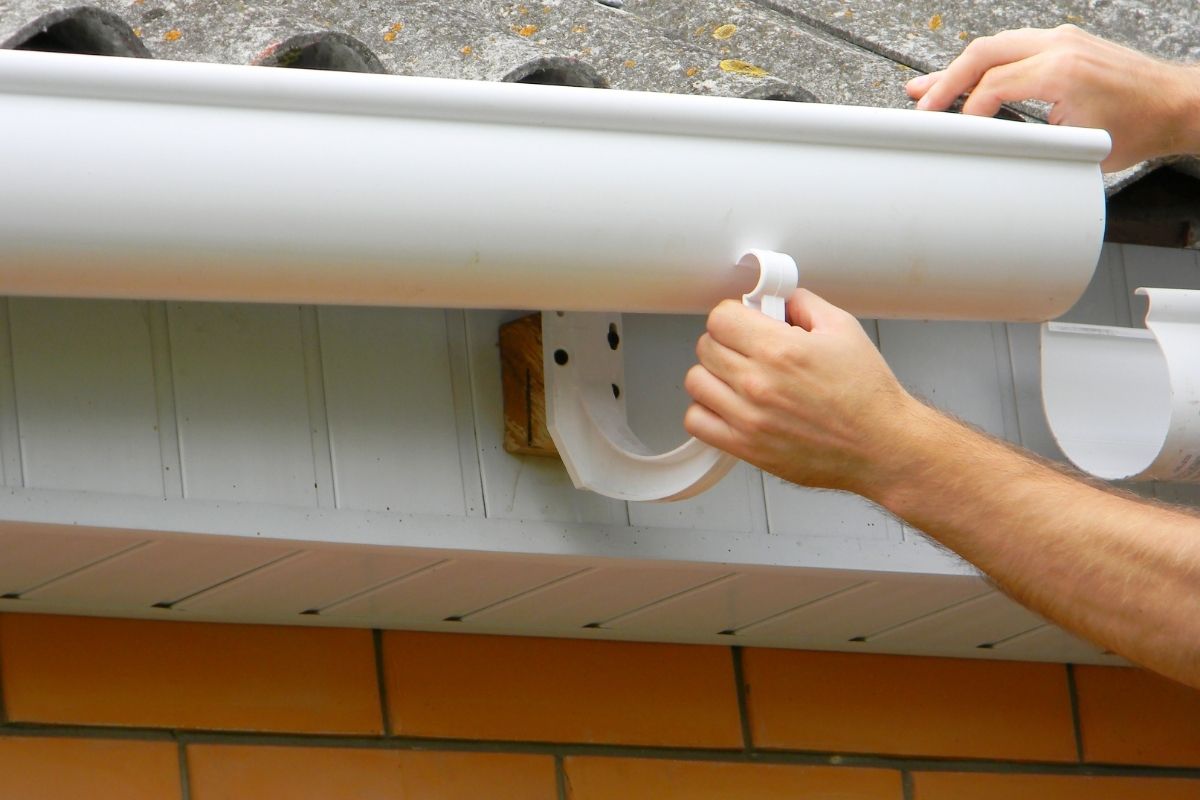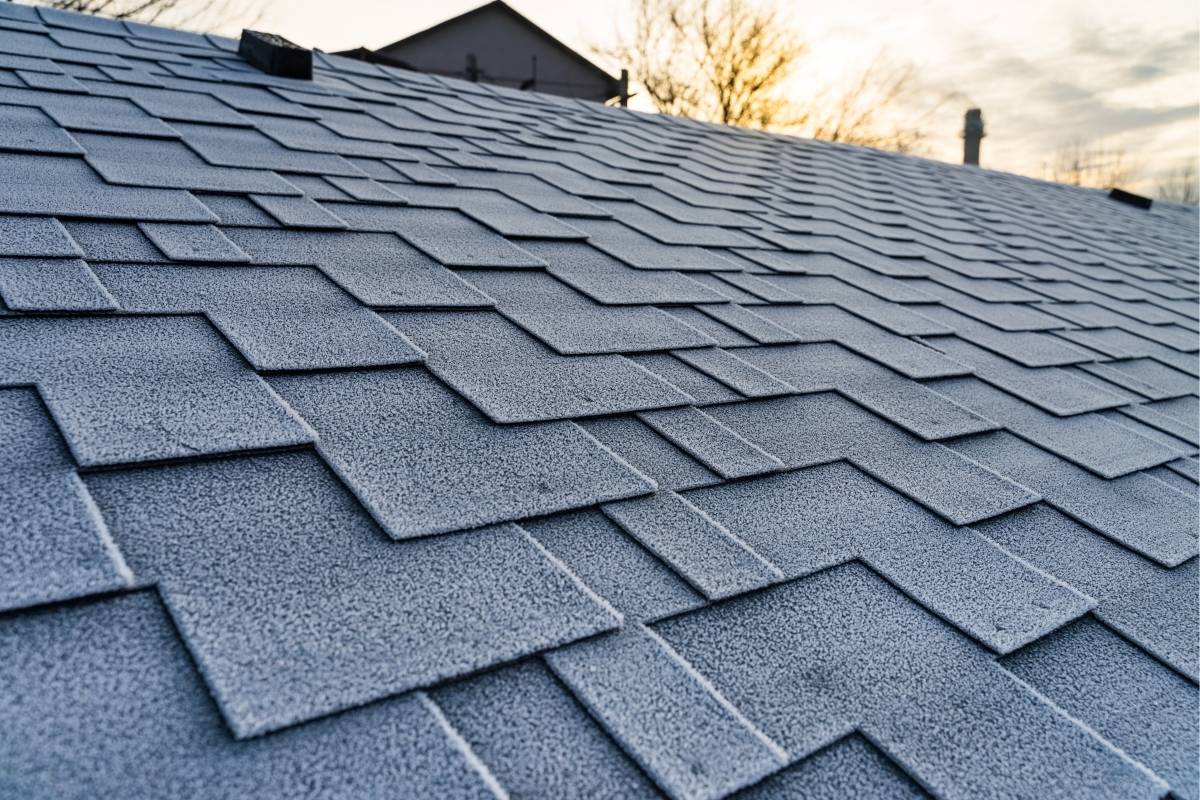The color of your roof shingles isn’t just a design choice. It directly affects your home’s energy efficiency, indoor comfort, and the durability of your roofing materials. Choosing between dark and light-colored roof shingles involves weighing factors like climate, maintenance, and long-term performance. Here’s what you need to know to make an informed decision.
The Basics of Roof Shingles
Roof shingles are a critical component of your home’s structure. They provide protection from the elements, enhance curb appeal, and play a role in regulating indoor temperatures. The color of your shingles isn’t just a design choice; it’s a functional one that affects how your home interacts with sunlight and heat.
How Color Affects Heat Absorption
Dark-colored shingles, such as black or deep gray, absorb more sunlight and retain heat. On the other hand, light-colored shingles, including white, beige, or pastel tones, reflect more sunlight and stay cooler. This difference can directly influence your home’s energy efficiency and cooling costs.
Pros and Cons of Dark-Colored Roof Shingles
Advantages of Dark Shingles
- Improved snow melting: In colder regions, dark shingles help snow melt faster by absorbing more heat.
- Classic aesthetic appeal: Dark roofs pair well with traditional architecture, creating a bold and timeless look.
- Durability: Darker shingles are less prone to showing stains or dirt over time.
Disadvantages of Dark Shingles
- Higher energy costs: In warm climates, dark shingles can increase cooling expenses.
- Potential for overheating: They can lead to higher attic temperatures, shortening the lifespan of roofing materials.
- Limited comfort in hot weather: Homes with dark roofs may feel warmer during heatwaves.
Benefits and Drawbacks of Light Colored Roof Shingles
Advantages of Light Shingles
- Energy efficiency: Light-colored roof shingles reflect sunlight, reducing cooling costs.
- Longer roof lifespan: Cooler shingles experience less thermal stress, potentially extending their durability.
- Enhanced comfort in warm climates: Ideal for areas with intense sunlight and high temperatures.
Disadvantages of Light Shingles
- Stains and dirt visibility: Lighter colors show algae, dirt, or stains more prominently than darker options.
- Aesthetic limitations: Light roofs may not complement certain architectural styles.
- Less effective in cold weather: These shingles may not aid in snow melting, a drawback in colder regions.
Factors to Consider When Choosing Between Dark and Light Shingles
Climate and Weather Patterns
Your local climate is one of the most significant factors in this decision. Homes in hot, sunny areas can benefit greatly from light-colored roof shingles due to their reflective properties. In contrast, dark shingles might be a better fit for colder regions where heat retention is beneficial.
Energy Efficiency Goals
If reducing your home’s energy consumption is a priority, light shingles are typically the better choice. However, energy-efficient dark shingles with reflective coatings are also available as a middle-ground option.
Aesthetic Preferences
While function is important, your roof’s appearance matters too. Dark shingles create a dramatic look, while light shingles offer a clean and modern vibe. Consider your home’s exterior color and architectural style to find the best match.
Maintenance Requirements
Darker shingles hide dirt and stains better, while lighter shingles may require more frequent cleaning. Algae-resistant shingles can help address these concerns for both light and dark options.
Final Thoughts
Choosing between dark and light-colored roof shingles ultimately comes down to balancing aesthetics, energy efficiency, and practicality. For homeowners in warm climates, light-colored shingles can reduce cooling costs and keep your home comfortable. In colder regions, dark shingles may offer better heat retention and snow management. Contact DryTech Exteriors today to learn more about the best roofing options for your home.
